You’ll see more than smiling coyotes on Canid Camera. Species captured on camera include black bears, bobcats, turkeys and, of course, coyotes. Scientists leading this citizen science project set up an array of camera traps to track how wildlife are using young, restored forests in Hudson Valley, New York.
More than 100 species in the northeastern United States need young forest to survive. You read right, young forest is just as important in supporting wildlife as old-growth forest – some species, like New England cottontails, thrive in only one of the two habitats and others, like woodcocks, need each habitat type in different seasons or at different stages of their lives.
Creating a diverse, healthy patchwork of forest isn’t as easy as planting trees. Realizing this, scientists and students from the SUNY College of Environmental Science and Forestry created the project to improve data on wildlife use of young forest habitats. They need your help identifying the animals in thousands of photos. Knowing how different species use young forests and surrounding area will help them understand how to restore young forests that support a diverse community of wildlife.
Answer Me These Questions Three
Three photos. Three questions. That’s all there is to it.
When you go to classify images on Canid Camera, you’ll be shown a series of three photos. If you don’t see an animal right away, pressing the play button makes it much easier to spot the movement between photos and from there you can use the zoom feature to home in on the animal.
You will be asked three questions. What species? How many are there? Is there bait?
You choose from a limited list of species, if you’re not sure, there’s a field guide to help. You will see some fuzzy photos and you may not be sure about the species. When this happens, guess! Humans may be individually bad at guessing (on Snapshot Serengeti I once mistook a hyena for a warthog), but our collective guesses usually point scientists toward the right species. With so many animals visiting the forests, Canid Camera is never boring.
Without bait, it wouldn’t be much of a “canid” camera — bait is there to lure ever elusive carnivores like foxes and coyotes in for a selfie. When the bait gets knocked down (by bears or other animals), the number of carnivores on camera plummets. Scientists use the photo sequence to track when the bait was lost and replaced so that their data reflects the change.
You can make a significant contribution to Canid Camera in about fifteen minutes. Your identifications will help give conservationists the information they need to restore young forests where wildlife thrives.
Canid Camera Cameos
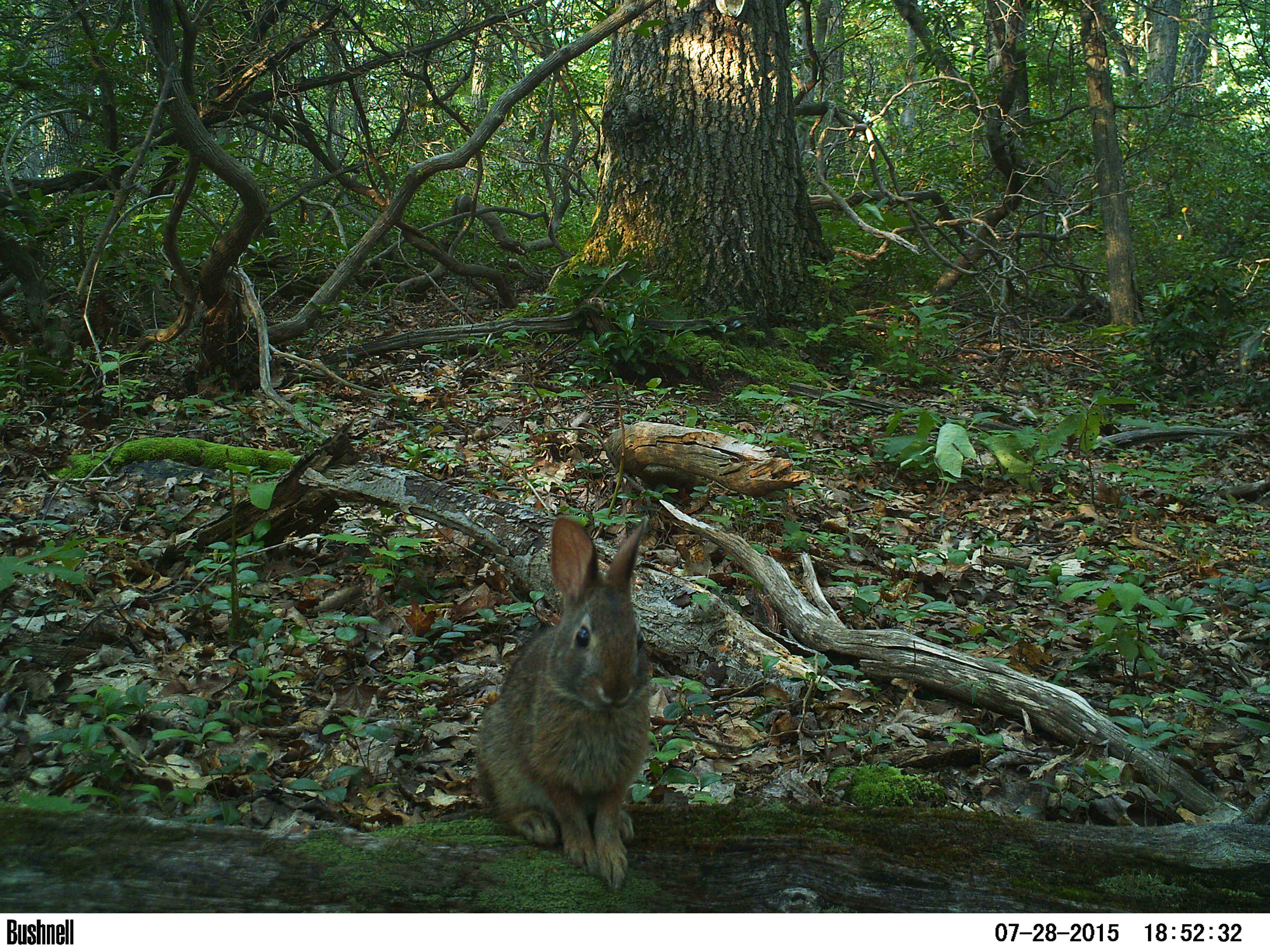
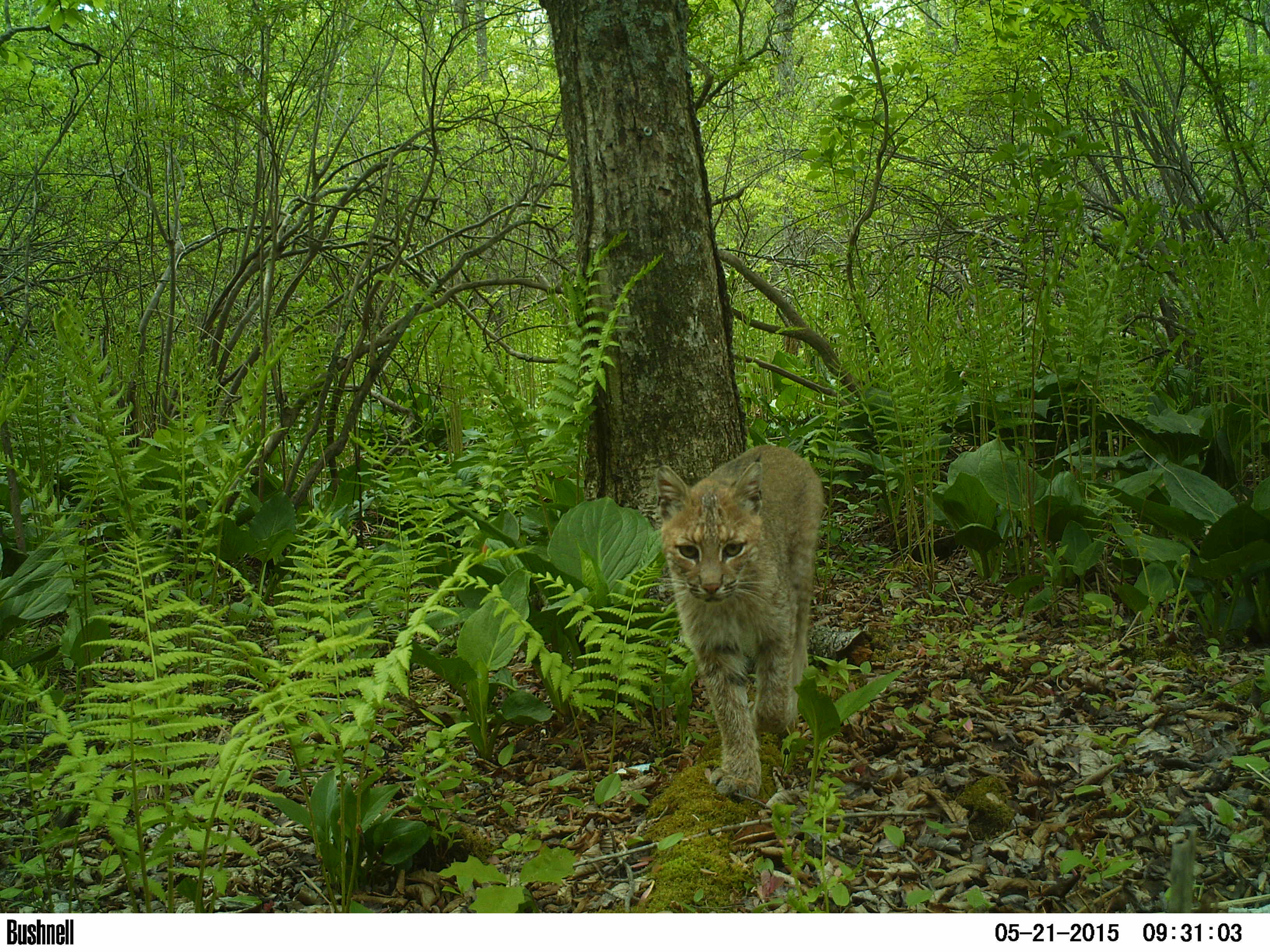
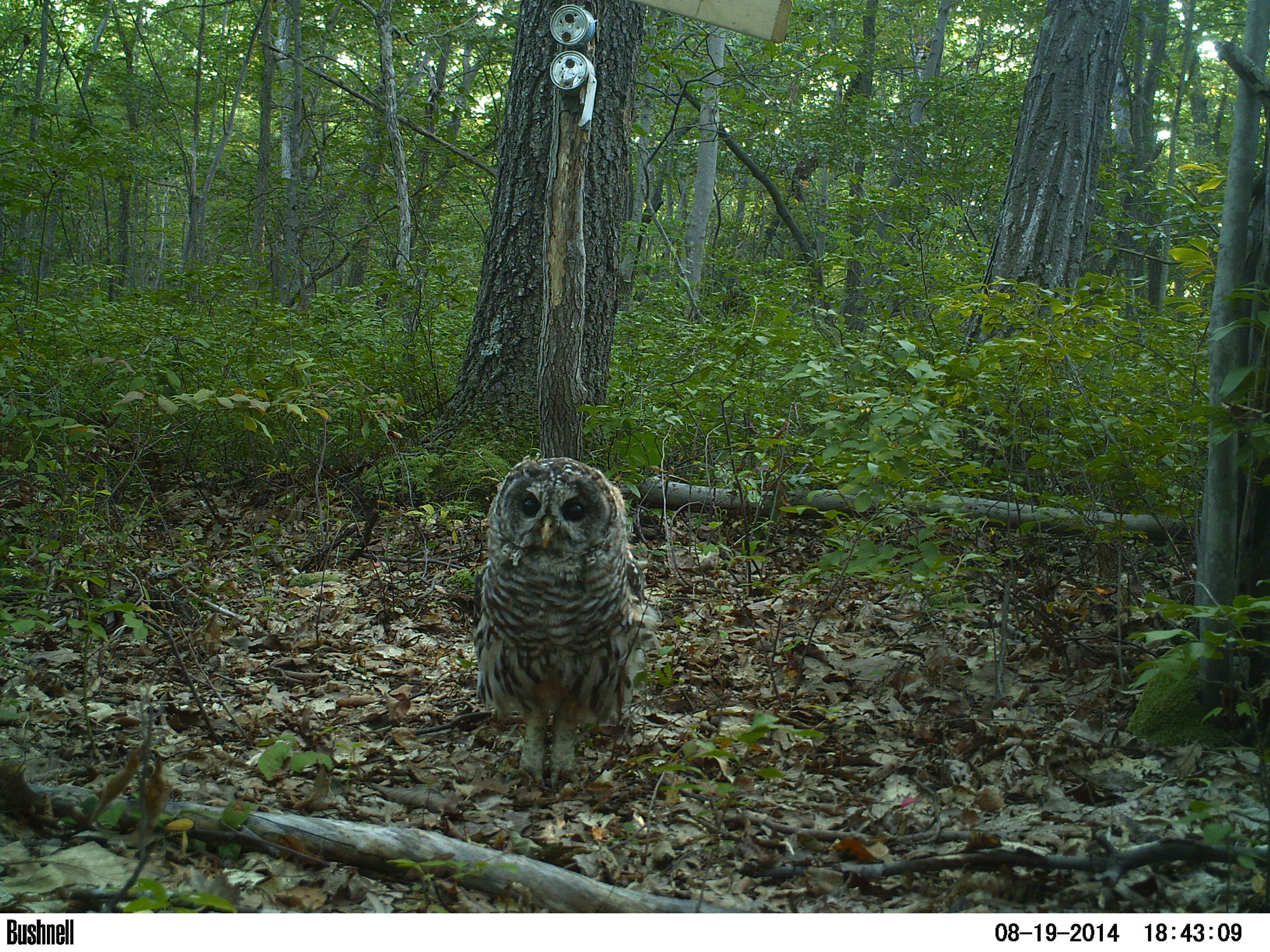
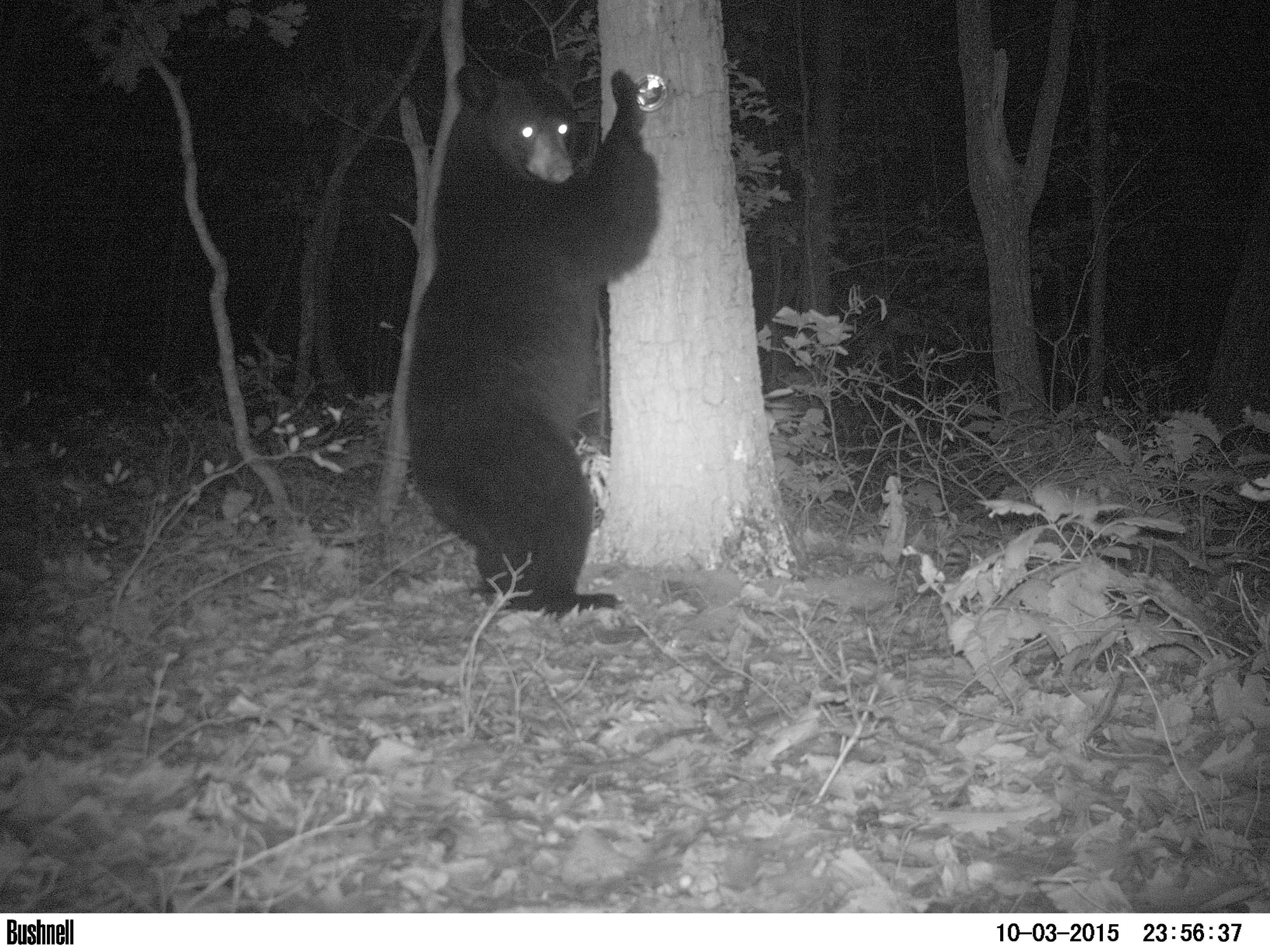
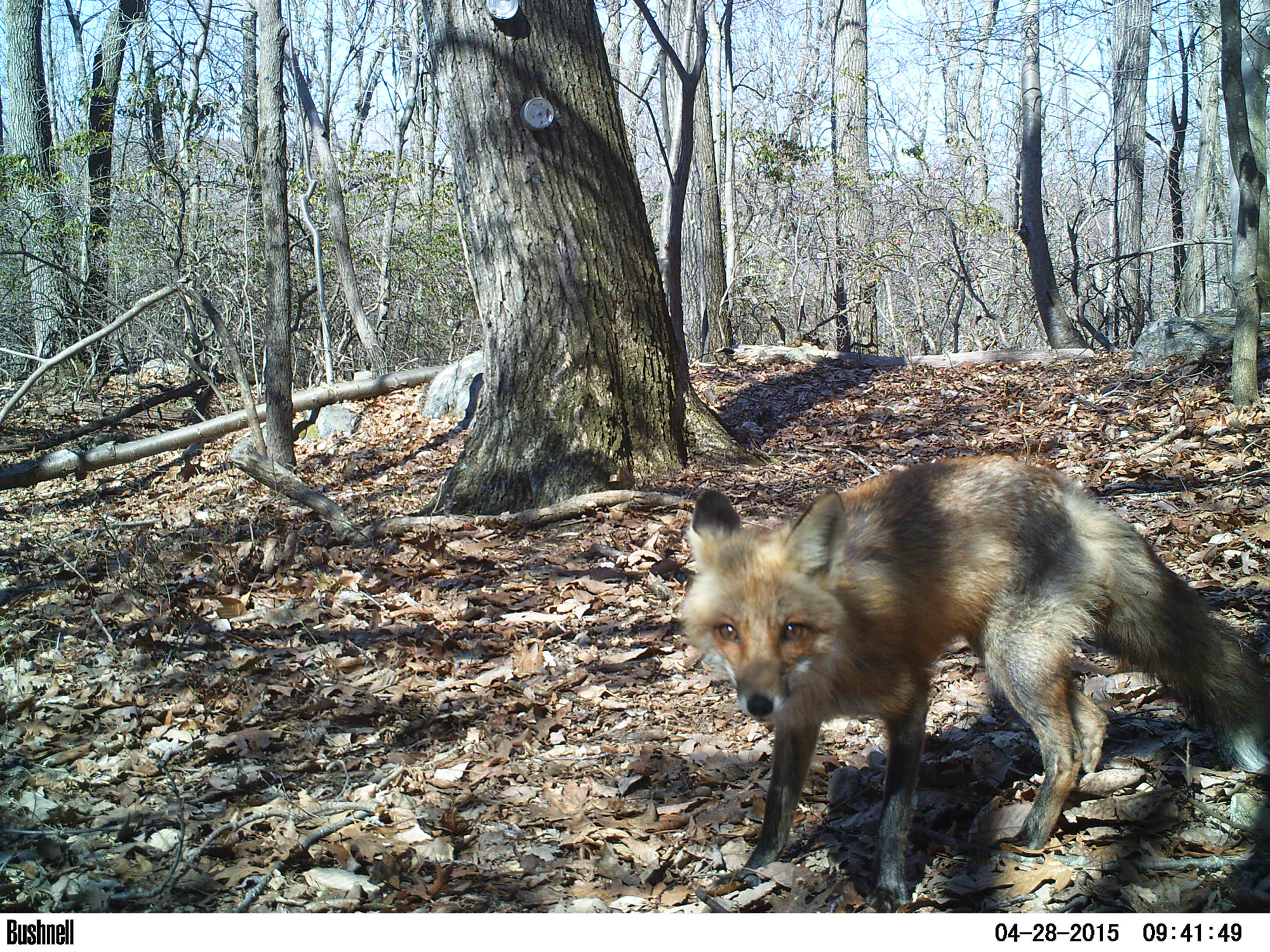
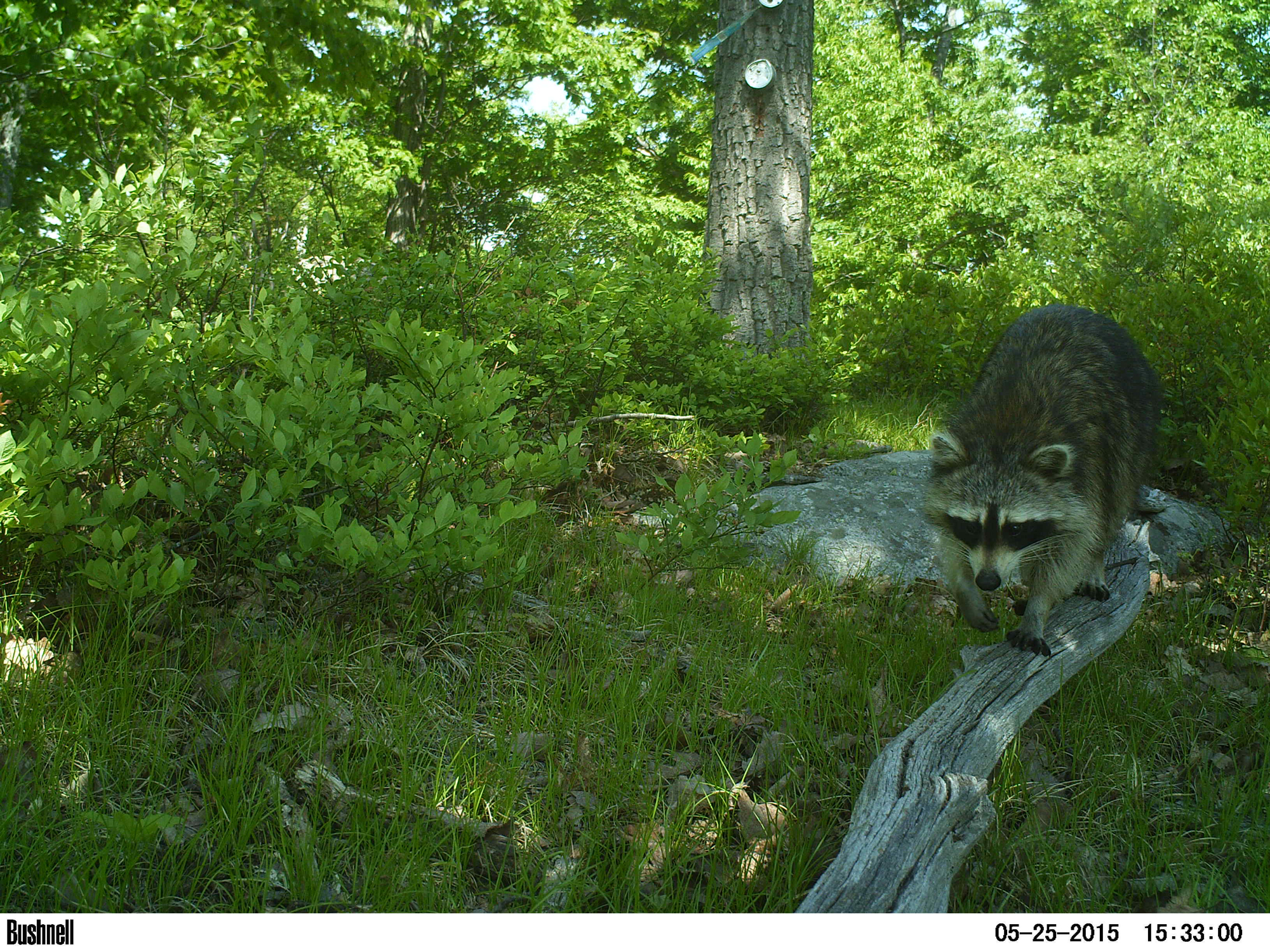
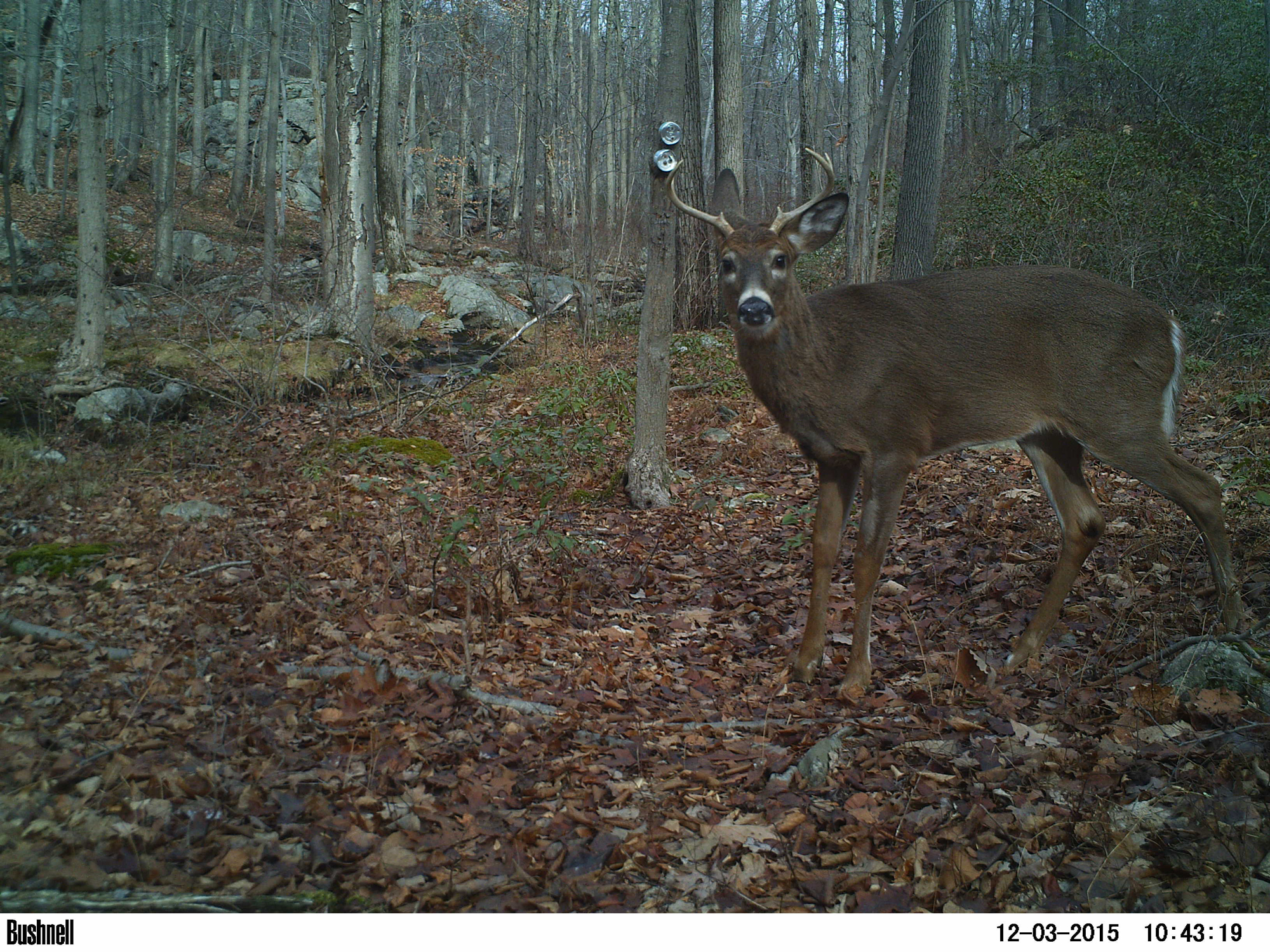
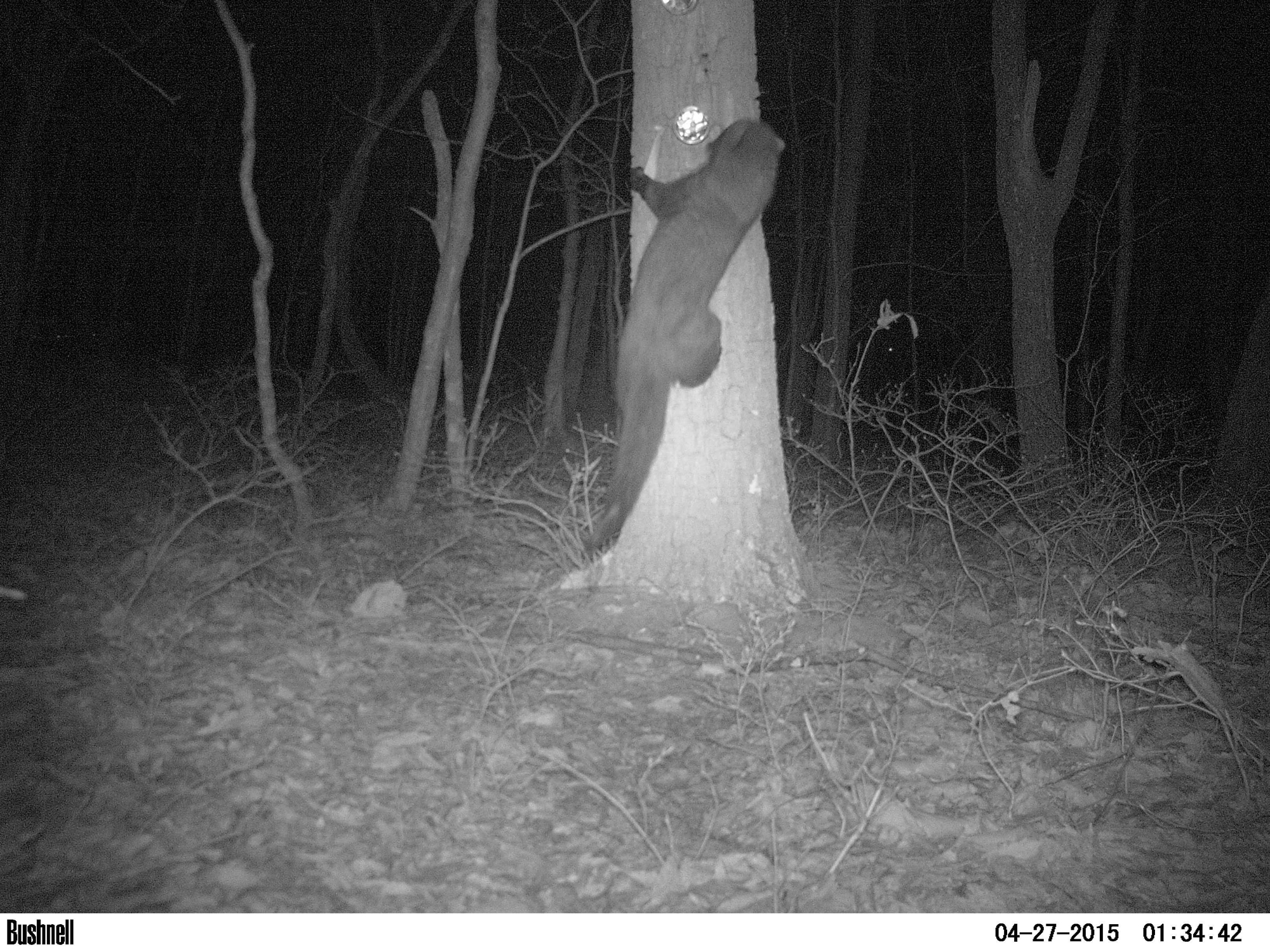
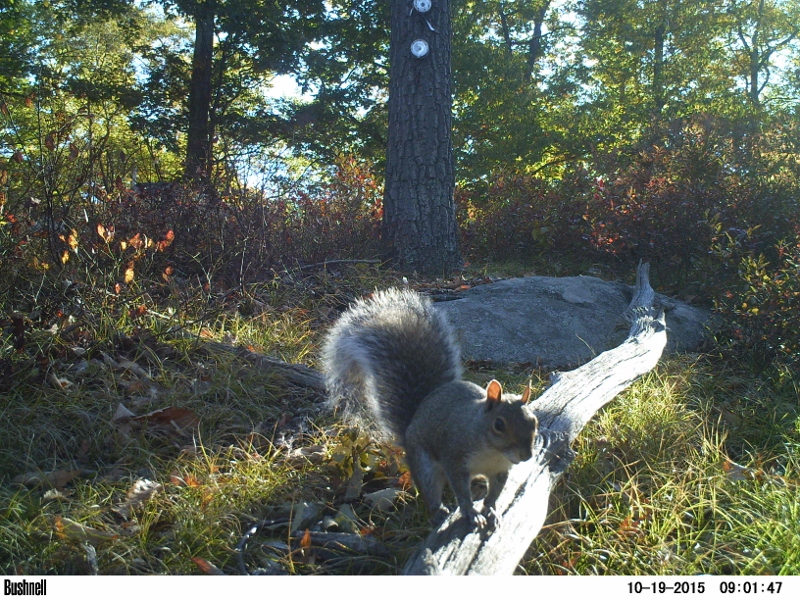
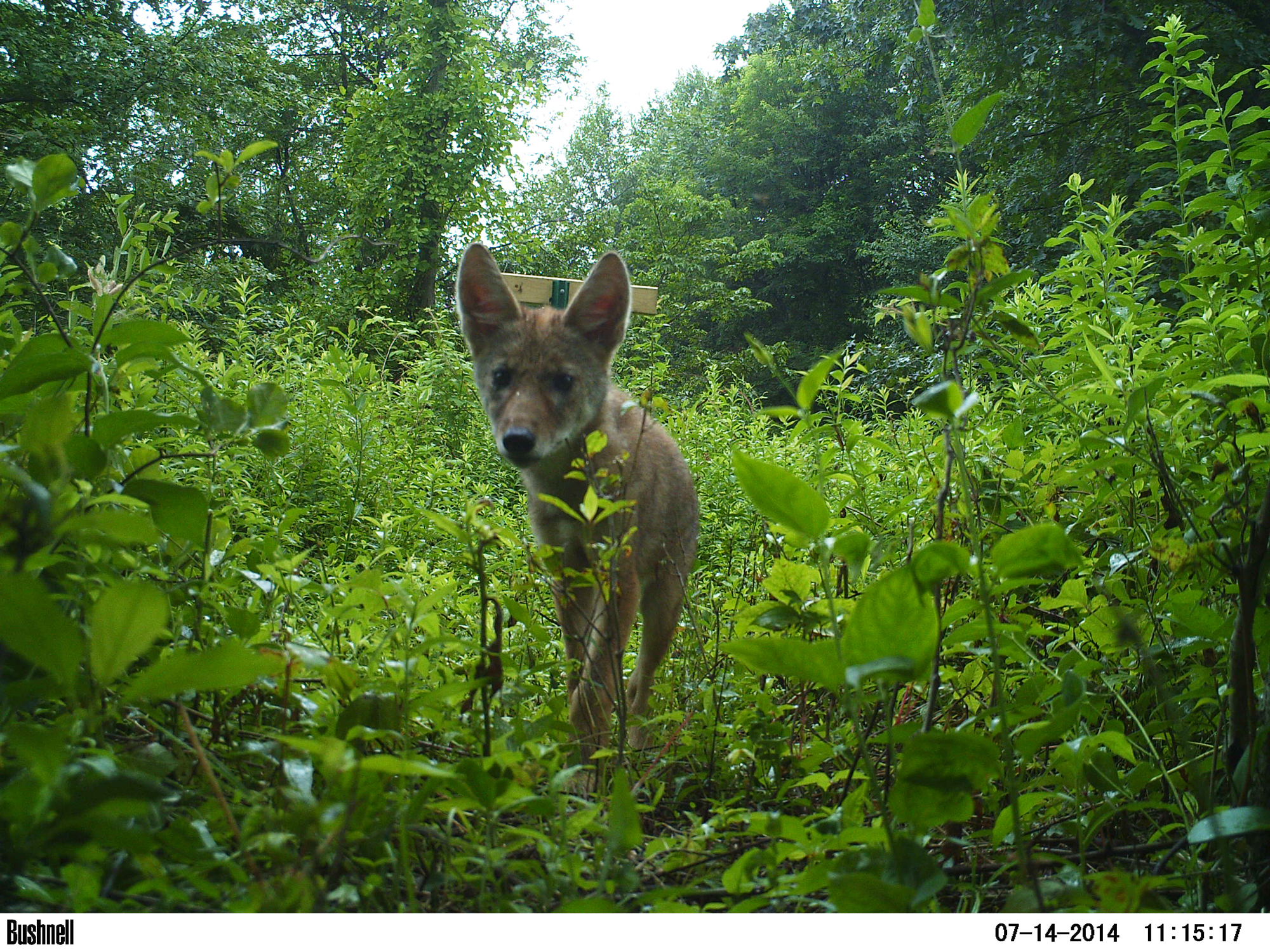
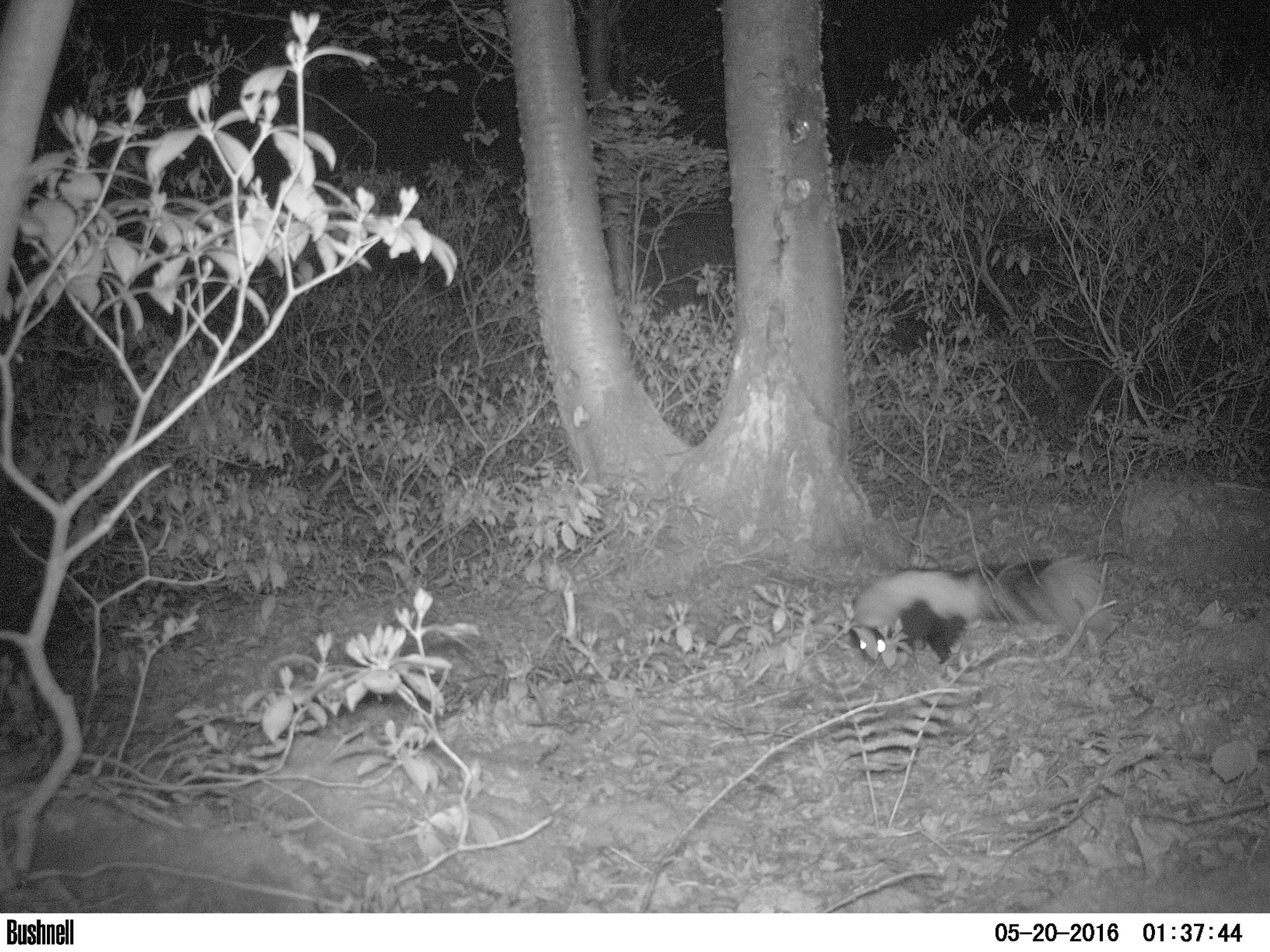
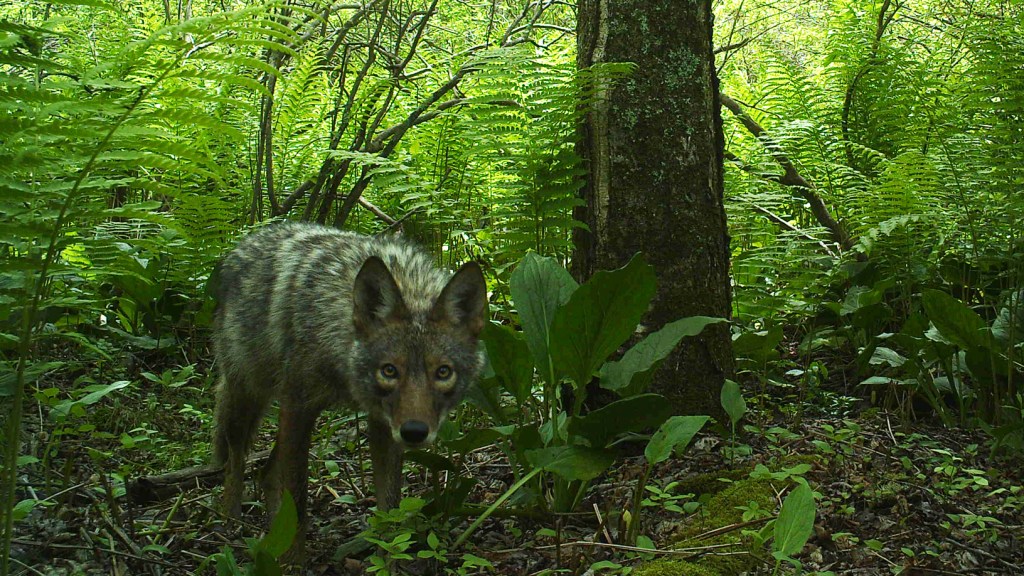



So, why the name CANID camera? Are you thinking of CANDID camera??
Hi Brian, The project was initially focused on canids like coyotes and foxes. It expanded, but kept the name – probably because of the candid camera reference. Thank you for the question!